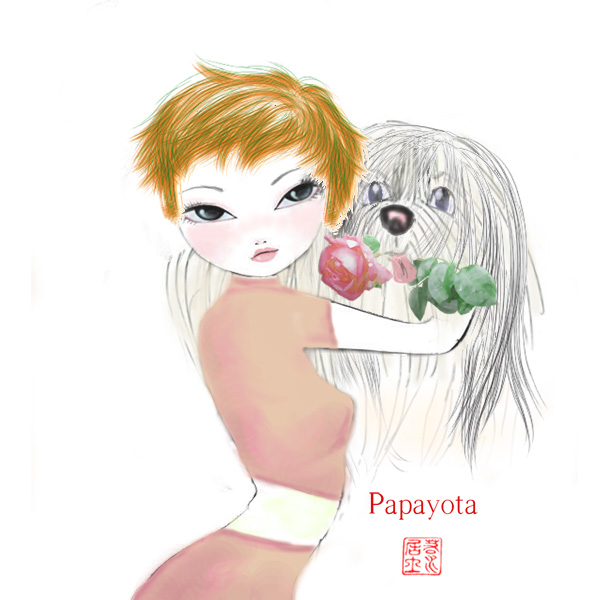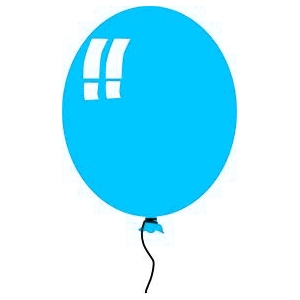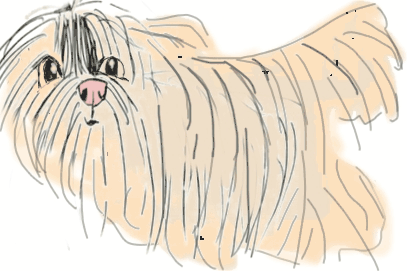|
|
Webmaster asked me to look for files he prepared and to insert them in this page... ... wow....where ...?

In the meantime... a little about Leishmaniasis
Leishmaniasis is a severe, often fatal, disease of dogs caused by a microscopic parasite called Leishmania infantum
Dogs get infected by the bite of a tiny blood-sucking insect called a sand fly. Female sand flies suck blood for protein to make their eggs. If a fly bites an infected dog, the Leishmania parasite grows in the stomach of the fly and, later, when the fly bites again, infective forms of the parasite are injected into the skin of the animal which may then develop leishmaniasis. Very rarely, a healthy dog can get infected by being in close contact with a dog with leishmaniasis, or puppies of an infected bitch may very rarely be born with the infection.
Sand fly are not on the beach. They are most abundant in gardens, around houses in the countryside, parklands and woodland. Mediterranean vectors bite mostly outdoors, but the vector in Latin America bites equally indoors and outdoors and is very abundant around houses, even in some urban suburbs. The period of activity of all sand fly vectors is from sunset to sunrise. The dangerous times of year are different in different countries. Around the Mediterranean, leishmaniasis is transmitted from May to September, or later if there is an Indian summer, to October. It is endemic in most of Greece, much of Italy, the Balkans, Malta, southern France, many parts of Portugal and Spain . Among the safe places are the Scandinavian countries, the UK including the Channel Islands, Belgium, Luxembourg, the Netherlands, Germany, northern France, and the mountains of Switzerland. The most dangerous places are in north east Brazil. A few years ago, canine leishmaniasis was discovered in hunting packs of fox hounds in many States in the USA.
If a dog is in the early stages of the illness, there is a good chance of controlling the disease.
The usual treatment is with megulamine antimoniate (Glucantime®) injected either into a vein or under the skin every day for 3-4 weeks. This drug is not always well tolerated by leishmanial dogs and they should be under veterinary supervision throughout treatment. Glucantime is often combined with a drug called allopurinol, which is given daily by mouth for many months. Allopurinol is not toxic.
There are a large variety of clinical signs of Leishmaniasis. Look for loss of hair, particularly around the eyes and on the muzzle, often spreading to other parts of the body. The skin will be dry with dandruff. Weeping skin sores or ulcers are common on the head and legs. There is always some weight loss, which can be very severe, although appetite may remain good. Other occasional signs are nose bleeds and eye troubles.
An experienced veterinarian can notice those signs, often trascured by owners, especially in an endemic area. It is essential to confirm clinical diagnosis with laboratory test.
Remember, a dog can be saved in the early leishmaniasis stage with a quick treatment!
Lucky Lillo
|
|














